THE
ACCIDENTAL
ENTREPRENEURIAL
ENDEAVOUR
2012 - ETC.
A more young and naive me leaning against our first order of 10,000 playing cards customly printed by the United States Playing Card Company in 2012.
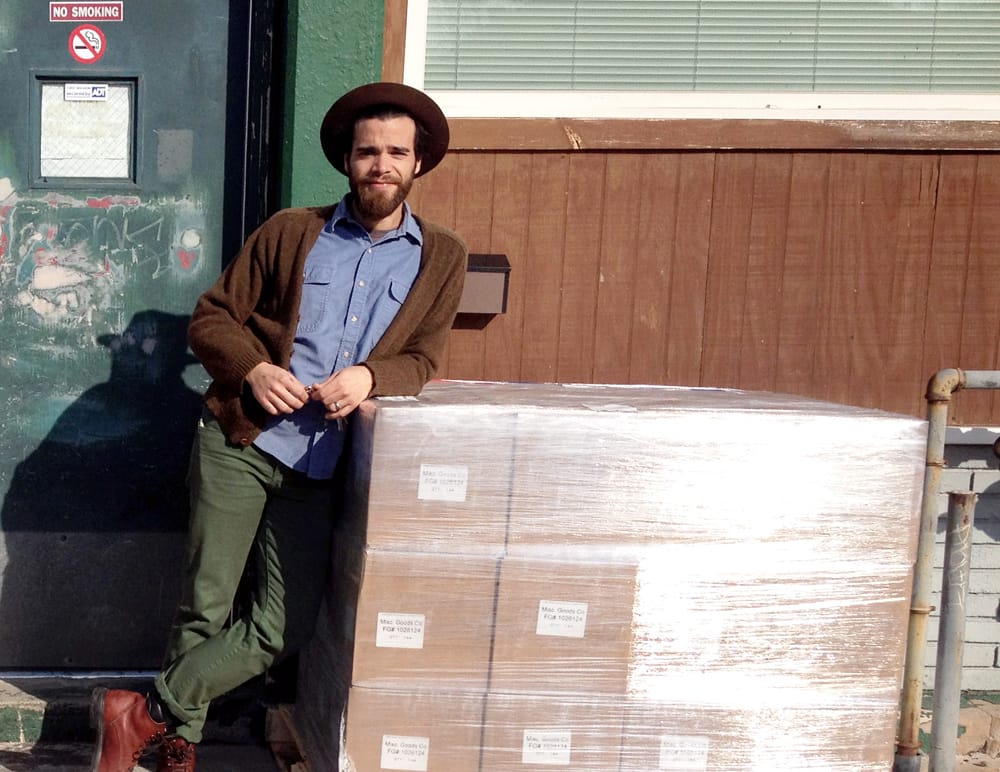
“I had designed an entire deck of playing cards and was completely flat broke. Like totally broke. Like, ...”
JUL, 2012
I left the 9-5, had work, didn’t have work, made work.
I didn’t intend to start a product company. I left my salary job as an in-house graphic designer to pursue the world of free-lance, jobs were coming in and I felt ready. But, as it’s known to go for people who choose this path, the carpet was ever beneath me waiting to be tugged.
One day I showed up to my office and there was no work to do. And with a wife and two kids at home, I couldn’t be idle — my conscience just wouldn’t let me. So, as a discipline for the mind and an opportunity to sharpen my skills, I began designing a single playing card, the jack of spades. It turned out pretty well. The next day I showed up and still no work. So I designed the queen of spades. After three feverish months of this pattern, still workless, I had to my surprise finished designing an entire deck of playing cards.
I was flat broke. Totally broke. Like, my friend lent me $1,200 to keep my lights on and feed my family type of broke. I was a bit of a mess. I was working hard, but with no income to show for it. It was at this low point that I asked my officemates to help me put together a pitch video (which you can watch below) and launched a Kickstarter campaign to produce the playing cards I had illustrated by happen-stance.
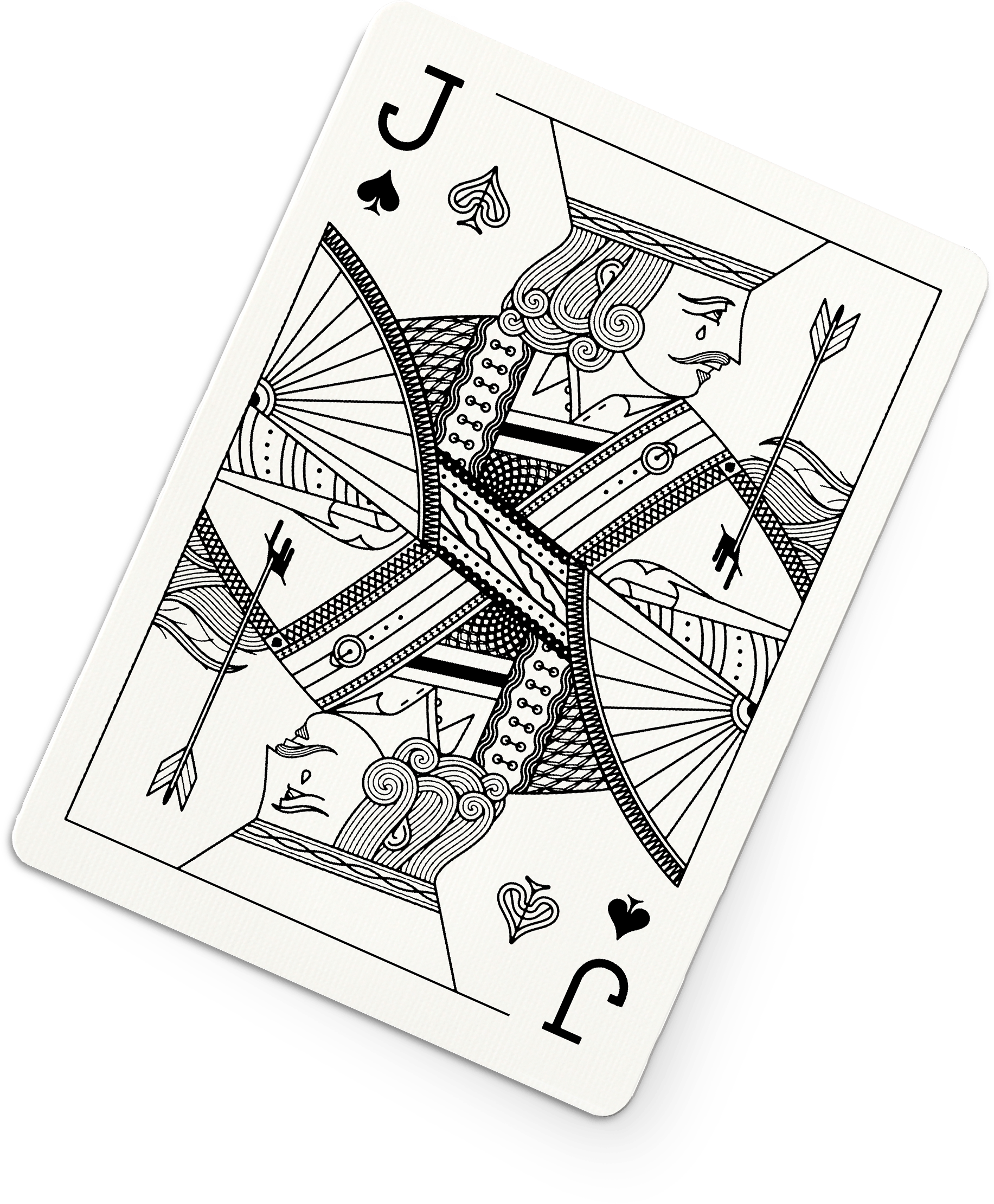
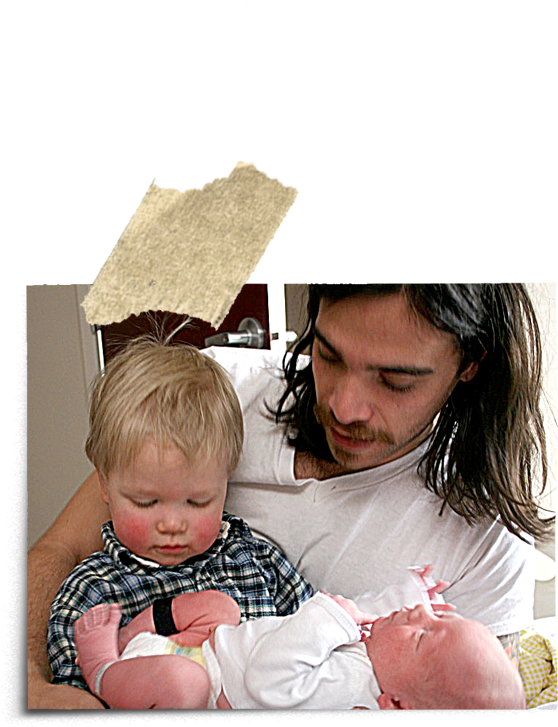
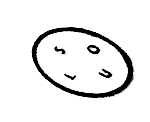
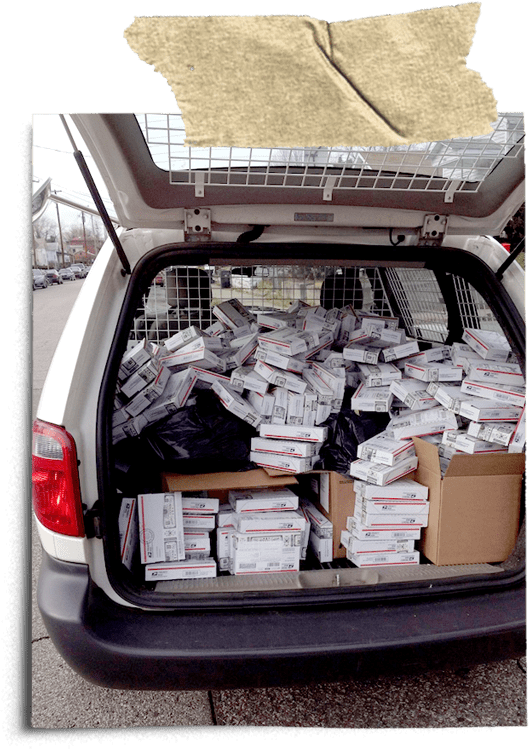
The video came together nicely. It communicated clearly what I did and what I needed. I asked for $6,250 to cover a minimum manufacturing order. And I was completely ready for the project to fail. I had been cooped up, alone with this project for so long that I had no idea how people would react. As some of you know, I reached my goal. Actually, I reached my goal with in 24 hours, and by the end of the campaign, I received a remarkable amount of $146,000.
A great joy and weight descended onto me: My work had made a great impact on so many people, I was financially strong, but I had also promised my backers a quick turn around. There was so much work to be done. I started the manufacturing process the day after my Kickstarter campaign was secured. I built a team for fulfillment and operations, which was a rag-tag team of friends. The process was heavy. It was long. It was around the clock. But, it was successful. We printed, packaged and shipped more than 4,000 orders in the course of 40 days (we captured three of the packaging days in the time lapse video below).
“...A great joy and weight descended onto me. I had promised my backers a very quick turn around. There was much work to be done.”
DEC, 2012
4,000 plus orders needed to be processed and shipped with in one month. The pressure was on.
Mar, 2013
Misc. Goods Co. had launched. It was now an actual company in the market place, and I had a platform to show my ideas. From there, I started to reinvest most of my Kickstarter earnings into creating new products. I was ready to explore what else I could make, and see how people would respond. My next products were the second edition decks, a hard case, a wallet and a ceramic flask. I created an online store and put the new products on the site. The following months were steady and uneventful. I made sales and the brand was well received, but MGCO was still a hobby for me; I wasn’t pushing it. Free lance graphic design was still how I paid the bills.
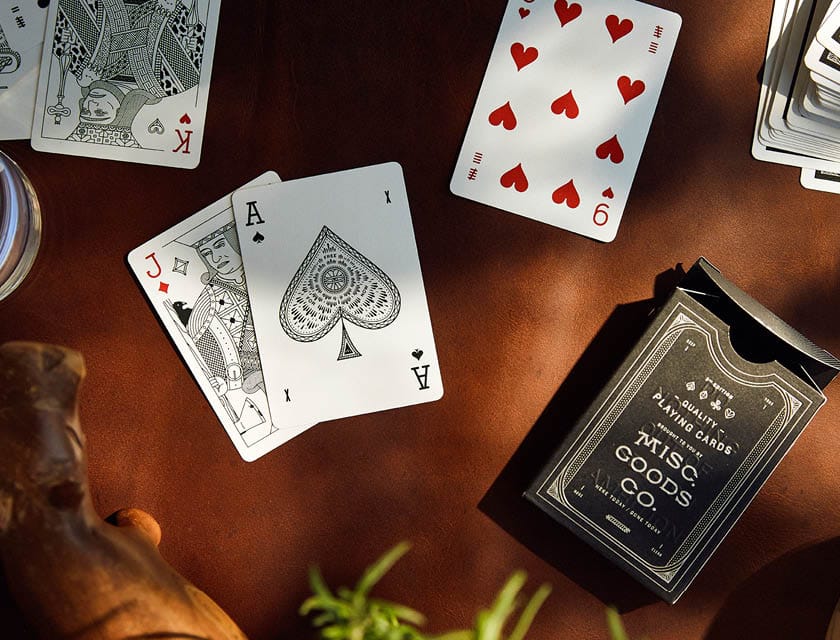
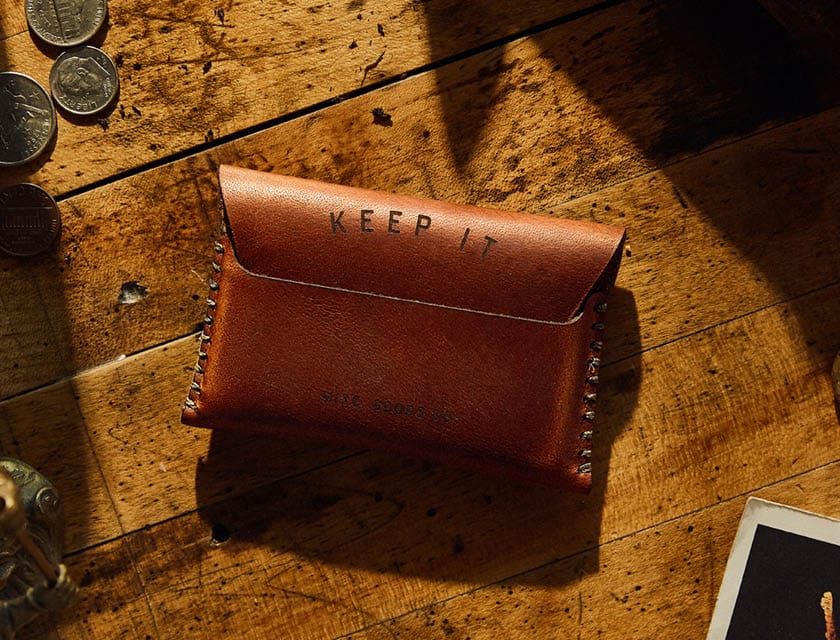
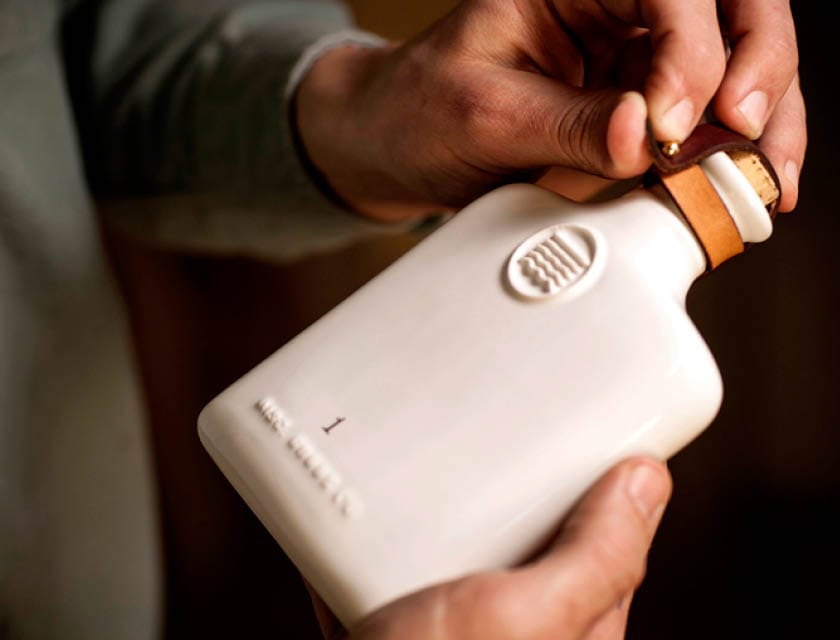
Nov, 2013
In November, event organizer Rusty Meadows gave me two tickets to attend a small business startup conference in Brooklyn called “Nearly Impossible.” The timing was providential. I used the trip test my future: either I would walk away from MGCO and allow it to fade away, or I would stop treating the MGCO as an outlet for my spare time and start treating it like a primary business.
“I used this event as an opportunity to place a fork in the road. I needed to begin to drift one way or the other”
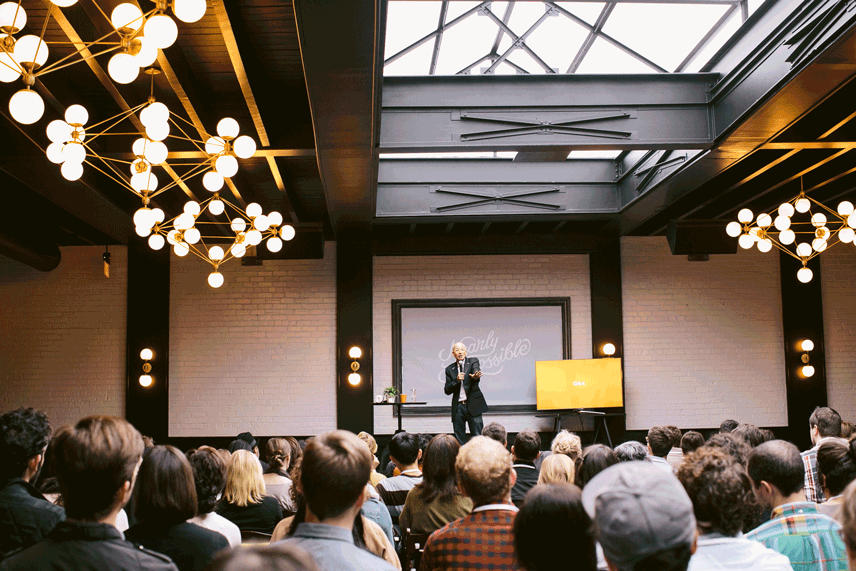
Photo courtesy Nearly Impossible
Listening to various speakers talk about the common struggle most start-ups deal with was encouraging for Noel and me. It allowed us to push away the feeling of failing and embrace the opportunity to persevere.
Feb, 2014
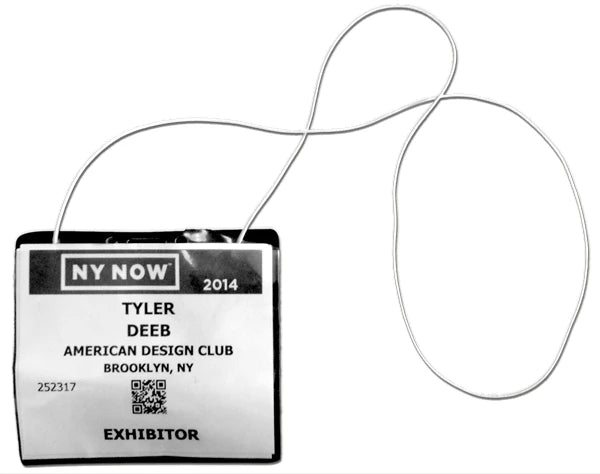
The conference served me well. My wife and I listened to men and women as they shared stories of starting their companies. They were candid and honest. I felt less like an outsider to the “startup” world; other companies are much like mine, and share the same struggles. A whole spectrum of people shared appreciation for my products and many of them encouraged me to push harder, to carve out a place in my life to pursue MGCO more intentionally.
One of those people was Kiel Mead. At the time, Kiel led a creative cooperative called the American Design Club. A company of creatives and entrepreneurs who were young to the industry, who shared expenses and contacts as opportunity arose. One of these opportunities was to share a booth space at big trade show event in New York called “NYNOW.” This was my next opportunity to test the strength of the MGCO products. So I bought a ticket to NYC, asked a friend if I could crash on his spare bed and spent nine long days commuting from Brooklyn to Manhattan to pitch my products to buyers from all kinds of different places. Some owned small boutique shops across the world, others represented major retail companies. The experience, although taxing, strengthened my resolve.
I own a company, people like it and it appears to have room to grow. I am undeserving and thankful. Now it’s time again to roll up my sleeves, and make the most out of this opportunity.
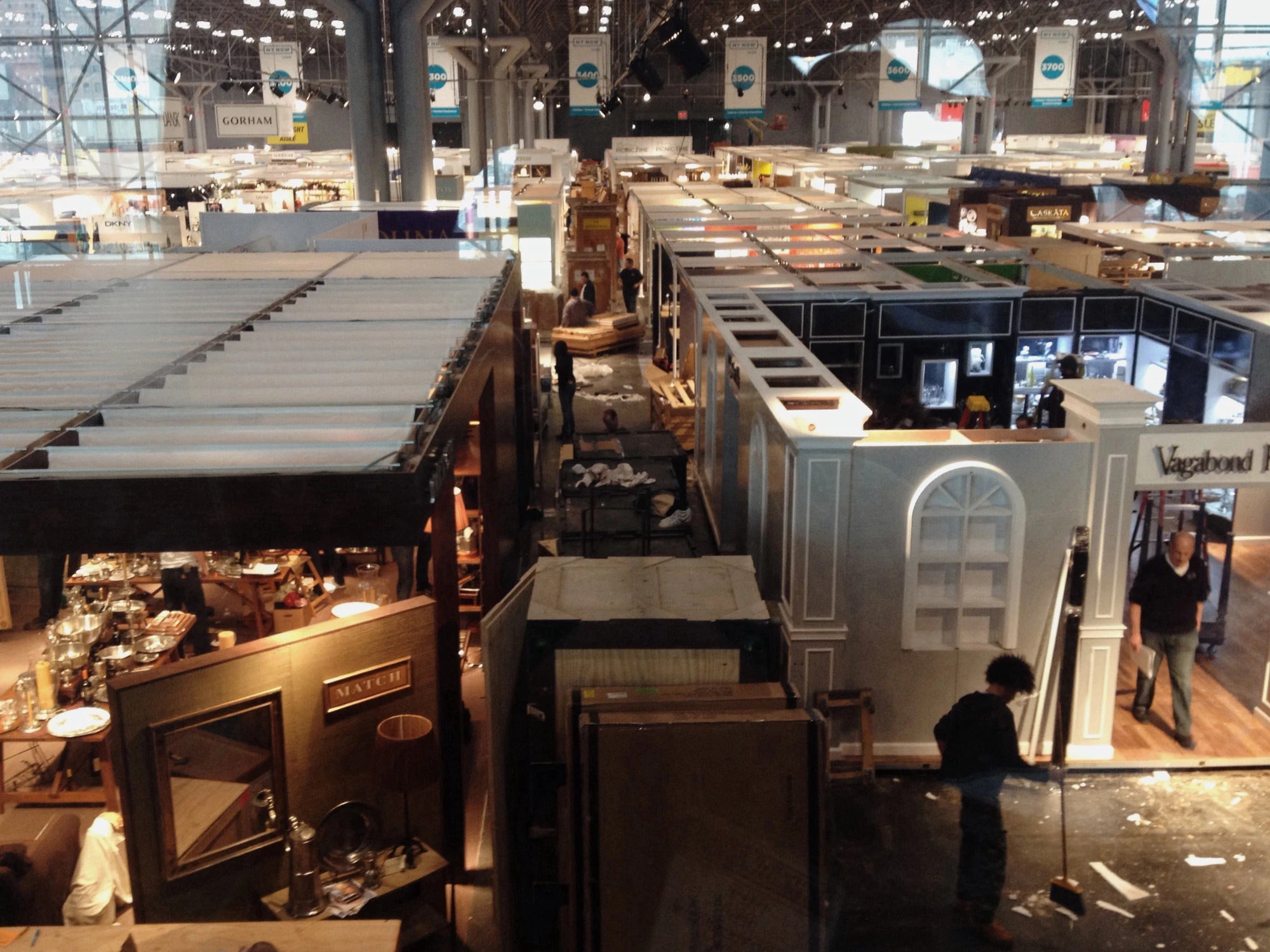
After my first tradeshow I went all the way in and committed to 4-5 shows a year. The energy was exciting. I was traveling to New York, then Las Vegas and then Los Angeles. It was a grind every trip but each time I came away with new wholesale accounts, other maker friends in the industry and perspective. Obviously the revenue from new retailers was integral but gaining new viewpoints from other creative business owners was what gave me life. I had an opportunity to absorb so much culture and see what other people were making. This exposure strengthened my confidence. There was no limit to what I could make and I was ready to push the limits of what I can make.
Let me take a break for a moment and make a general comment about my story. If a person smarter than me had the luck I did with their Kickstarter campaign and ended up with 4,000 customers — That intelligent person would have rightfully continued to make versions upon versions of that same product and coasted into a long, boring successful career. For me — that path was so un-interesting that it didn't even occur to me until I was quite a bit further along.
Nov, 2014
Through
July, 2015
With that said, let me explain to you the next big endeavour. It was a product I called Coil and it was my most ambitious project to date and it's failure taught me an important lesson that I still practice today. Luck can run out — so be smarter. That doesn't mean that I regret this project. I'm still very proud of it. But in retrospect, its probability of success was paper thin and potentially career-ending. First, let me explain to you the brief history of Coil. Half way through the year 2014 I was spending time at my friend Chris's house and he was making coffee. Chris was always making coffee. He was a home roaster and a great appreciator of food-science. In this case, it was mid July in Kentucky and hot. So Chris introduced me to his new concept, a cold coffee made on the spot without using ice to dilute the coffee. Chris accomplished this with an old ice cream pale and 20 feet of copper coil wrapped inside. He poured ice and water into the pale, allowed a minute for the coil to become chilled and then poured his freshly made coffee through the copper tubing which would flash chill the coffee as it passed through and came out the other side unscathed.
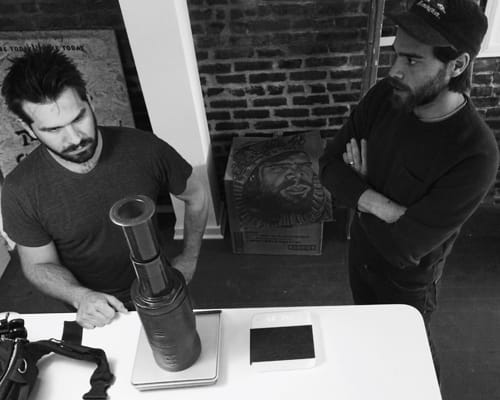
Chris and me
I was ecstatic about what we created. The complexity of this design and it's function was far more difficult then my first product, a deck of playing cards. I had spent the next 8 months designing and prototyping before launching another Kickstarter campaign specifically around Chris and my new creation, Coil Coffee Maker.
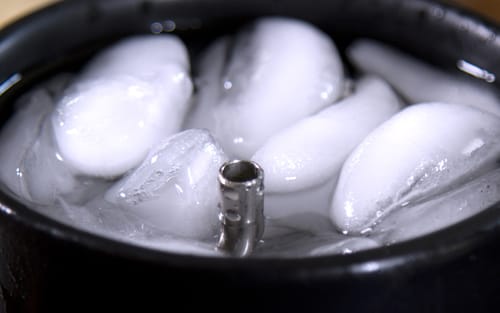

Chris and I had designed a way for you to take a recently brewed 200° coffee and chill it it 45° in a matter of minutes. Creating the opportunity to drink freshly made cold coffee.
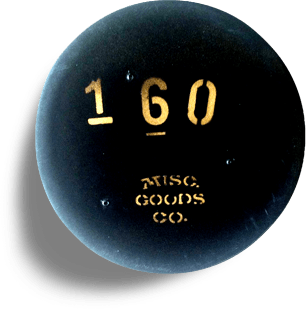
Each Coil was numbered
But, as many of you already know — In business, personal zeal means nothing unless the market agrees and this campaign was met with less enthusiasm. It was funded, but just barely. By the end of the campaign I had sold 300 Coils — 50 of which broke in transit to the customer. I hadn't broken even financially yet and all sales for Coil stopped after the campaign finished. After a year of devotion, investment and creativity this product was dead in the water. I learned a lesson. Be smarter. It's not enough to be excited about an idea ... If you really want to have success when you bring a product to market, you have to do the research. It needs to be more than a good idea. There needs to be a large pool of people that want to buy it. In this case with Coil, I was trying to sell a coffee product targeted to people that buy boutique coffee and drink their coffee at home and really enjoy cold coffee and know the difference between diluted coffee verse pure coffee and lastly ... that person also has to have enough money to buy this expensive ass thing. The group of people I could sell to shrinks with each of sub-category and with the Coil there wasn't hardly anyone left.
I knew from that point that forward that I would need to design products that did more than scratch my creative itch. Don't misunderstand me ... Misc. Goods will always make products that I care about ... but I would need to choose products that solved problems that were more practical, more affordable and that more people would potentially buy. This would be difficult, so I started thinking smarter by simply releasing new versions of our most popular products: the ceramic flask and the playing cards. It was easy to accomplish and those products brought in more profit than the whole year I worked on Coil.
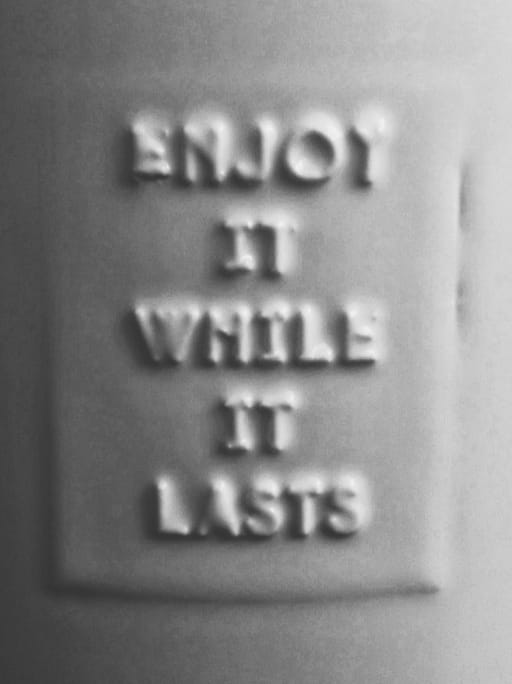
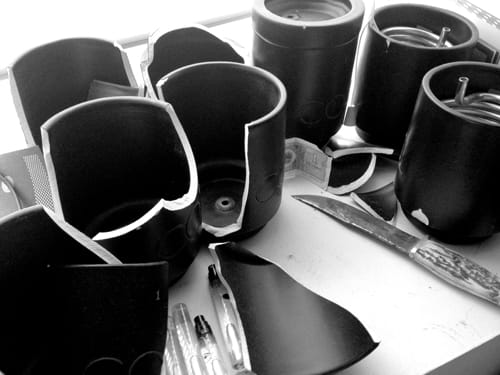
Fifty Coils broke during the first fulfillment. Further evidence that this product wasn't sustainable.
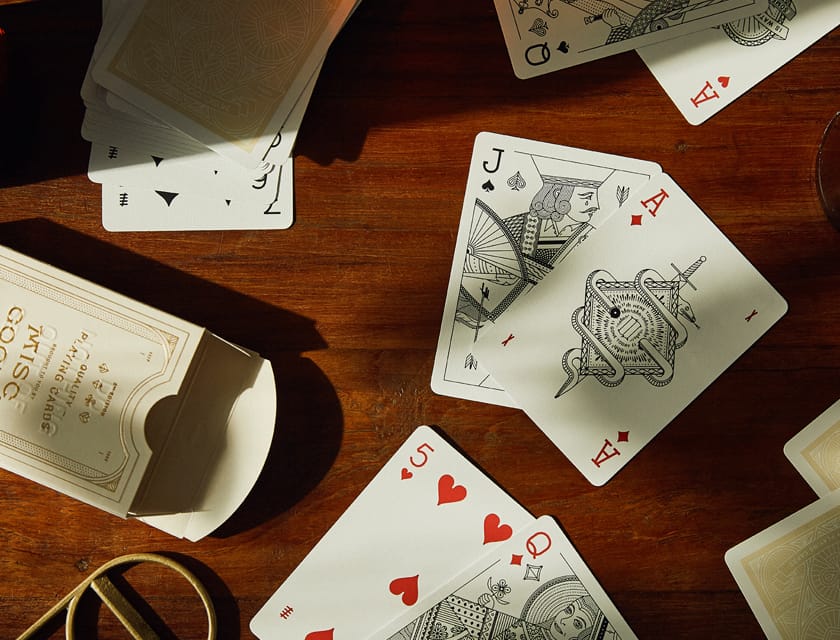
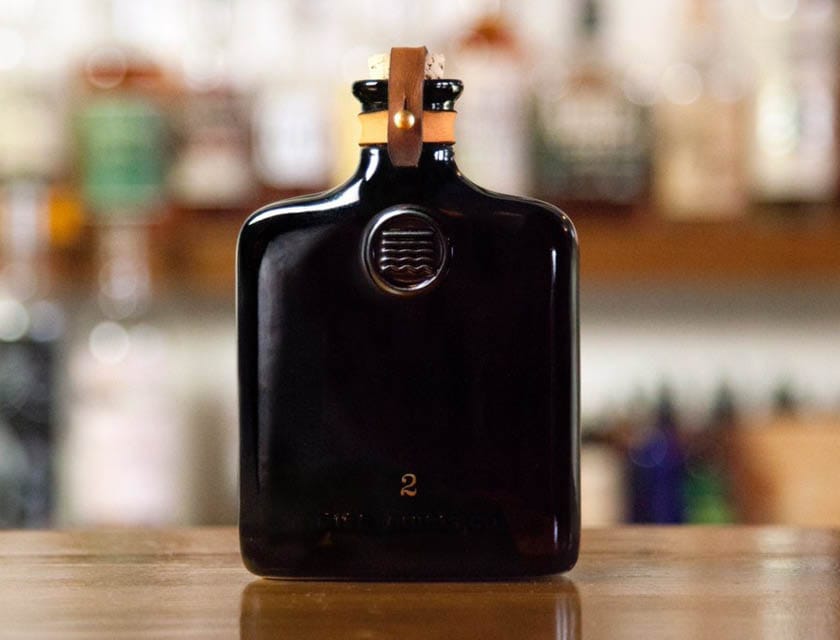
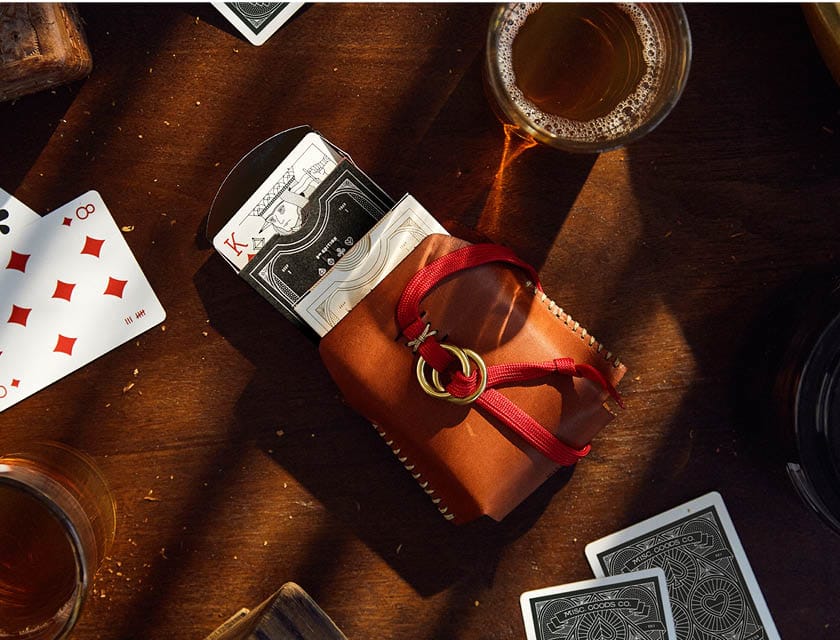
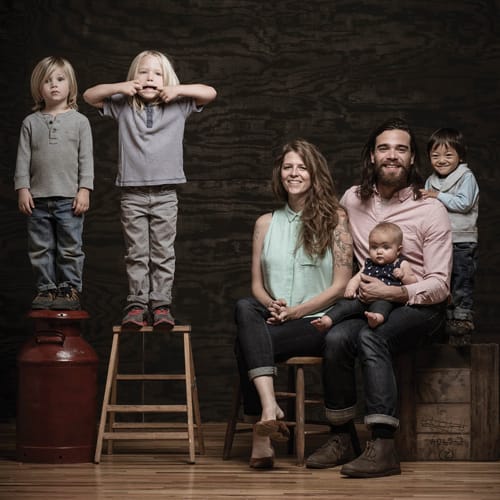
All the while I was learning on how to make Misc. Goods profitable my my family was growing. Noel and I welcomed Win into our life through adoption and then shortly afterward Noel gave birth to our fourth kid -- this time a daughter!
In October 2015 I traveled to a tradeshow in Los Angeles. The event was underwhelming — Tradeshows are always a risk and this one was poorly attended and lost money. So it goes. But as I mentioned earilier in this long-form rant, there is almost always a silver lining to traveling to shows and in this case it was meeting Sarah McCartney. Sarah owns a perfumery in London called 4160 Tuesday where she designs and makes custom fragrances. I stood at her booth as she walked me through the story of each of her smells and I was so impressed. She captured my imagination. The power of smell was more dynamic than I had known and I was inspired to critique and try to understand what my favorite smell was.
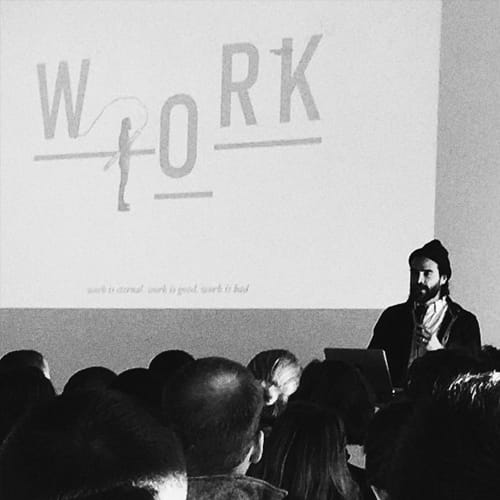
It was this time of year that I did my first public talk called "Don't Chase the Glory, Work Hard and Be Satisfied"
Jul, 2016
When I got back to Louisville, with Sarah's I began designing a smell that most represented my interests. I accomplished this by following the instructions of Sarah and began creating a story that described where this scent was experienced. I considered every element of an adventure. A long hike in the woods, the clothes I was wearing, the leather on my pack, the tobacco in its pouch, the salty sweat on my forehead, the campfire I just put out, the trees and wild herbs carried on the breeze in the air. It was a happy place. After the concept was set, Sarah began developing prototypes and would send them to me to smell. She was incredibly patient with me as I nit-picked each one until we had worked through 13 different styles and landed on the fragrance we now call Underhill.
From there I decided that in order to add a proper amount of design the fragrance should be solid and held in a wooden case. So we mixed the fragrance oils with with melted beeswax and Jojoboa oil and released our newest product: Underhill Solid Cologne.
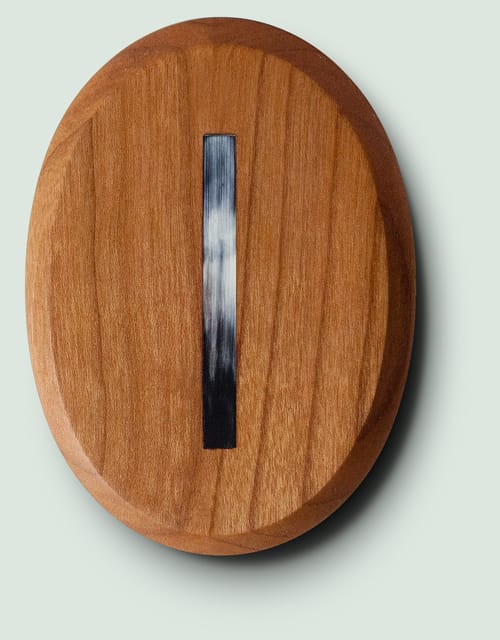
The first prototypes of the solid cologne case were inlayed with ox horn. Which was so beautiful but impossible to repicate consistently. That's when we moved to using a brass piece for the inlay.
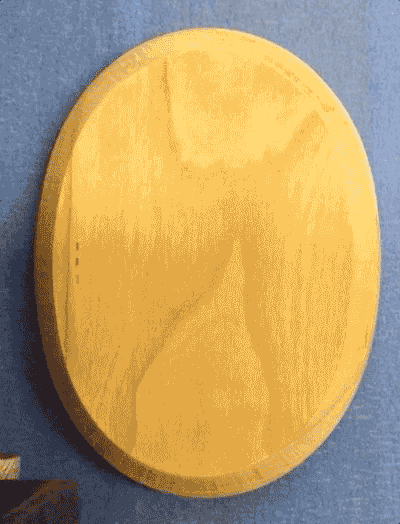
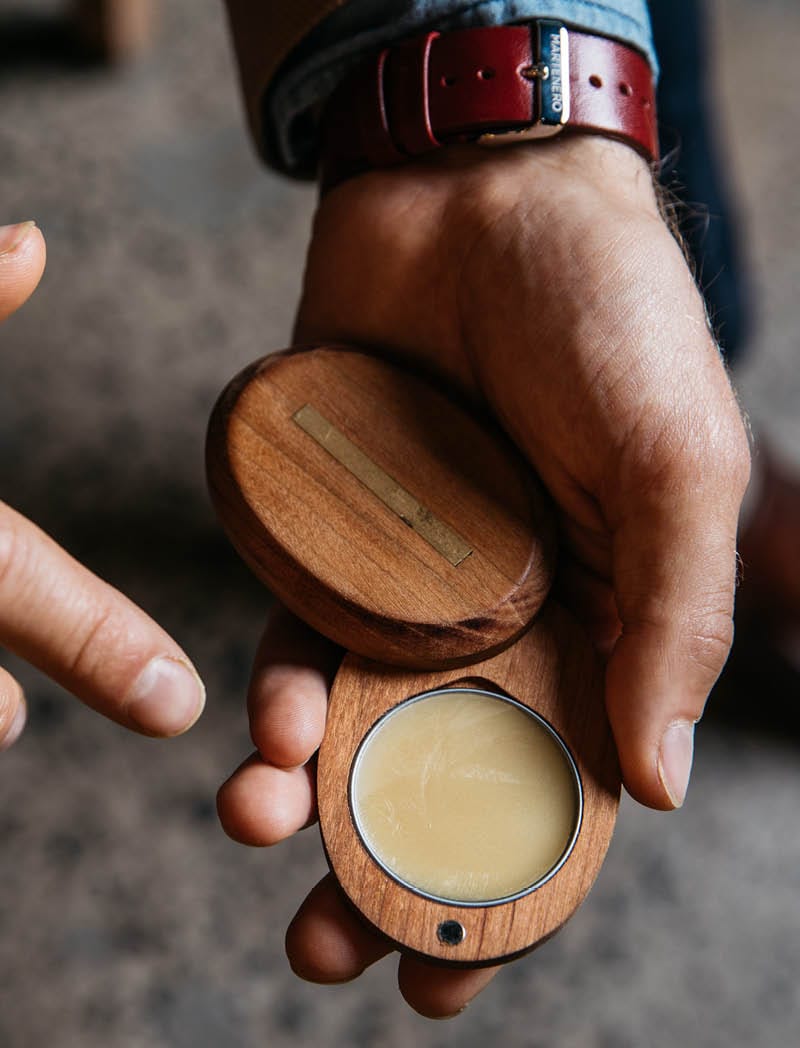
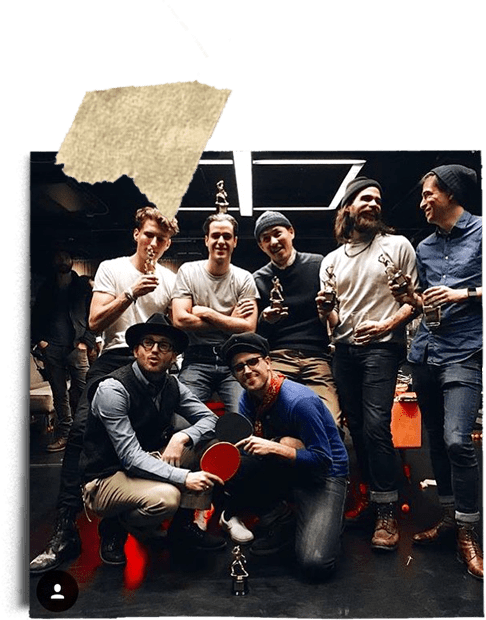
Tradeshows we're still an essential part of the business and buyers were responding well to the solid cologne.
The product was well received and shortly after releasing Underhill I teamed back up with Sarah and began designing a second fragrance that I call Valley of Gold: a more botanical, bright scent.
People loved the packaging design and they raved about the smells, but people weren't use to wearing solid colognes and because it was a new concept, the product wasn't a smashing success. I had once again limited my audience by avoiding the obvious and making it too niche.
Every person has something they're naturally drawn to. In order to be balanced people we need to actively push ourselves in the other direction because our preference will always try to pull us back. For me ... I am naturally drawn to things that feel small, exclusive and set apart. There isn't anything inherently wrong with this preference, but it has caused two problems for me: one problem professionally and one problem socially. The professional problem has already been explained above in that it leaves me with fewer customers. The personal problem is that it can make me overly-judgmental towards things and people that are more general. My next step in design would be a great leap away from the niche.
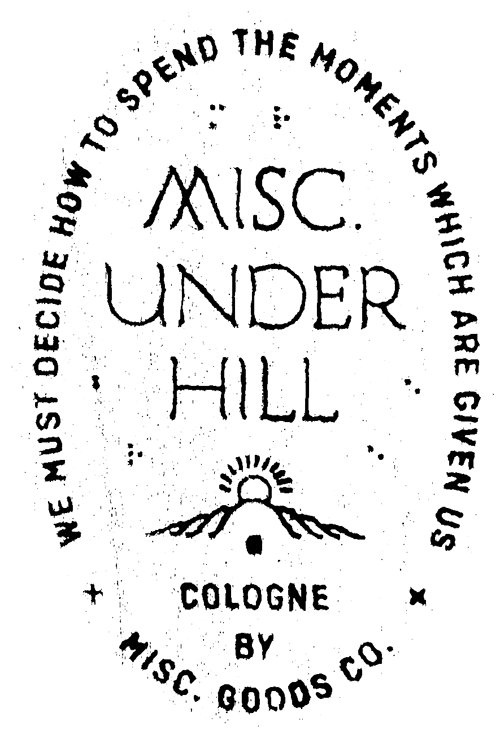
Jun, 2018
The process of designing the solid colognes wasn't a loss. It was a great starting point, a proof of concept. People loved the smells and now I had to figure out a practical, affordable way to get them into their hands ... or as you may already know — their armpits. The idea hit me ... Everyone wears deodorant ... what if I was able to bring our fragrances into a natural deodorant. The idea made sense but it felt like a big departure from my goal of making "designer goods" — after the fragrances and apart from the label ... there wasn't much to design. I hate to admit that I felt like making deodorant was beneath me, but I did. A younger me wouldn't have done it, but now that I understood how to run my business better I'm thankful that in July 2018 I released my third Kickstarter campaign, this time for a natural deodrant with our custom fragrances.

We launched our third Kickstarter, this time for a natural deodorant.
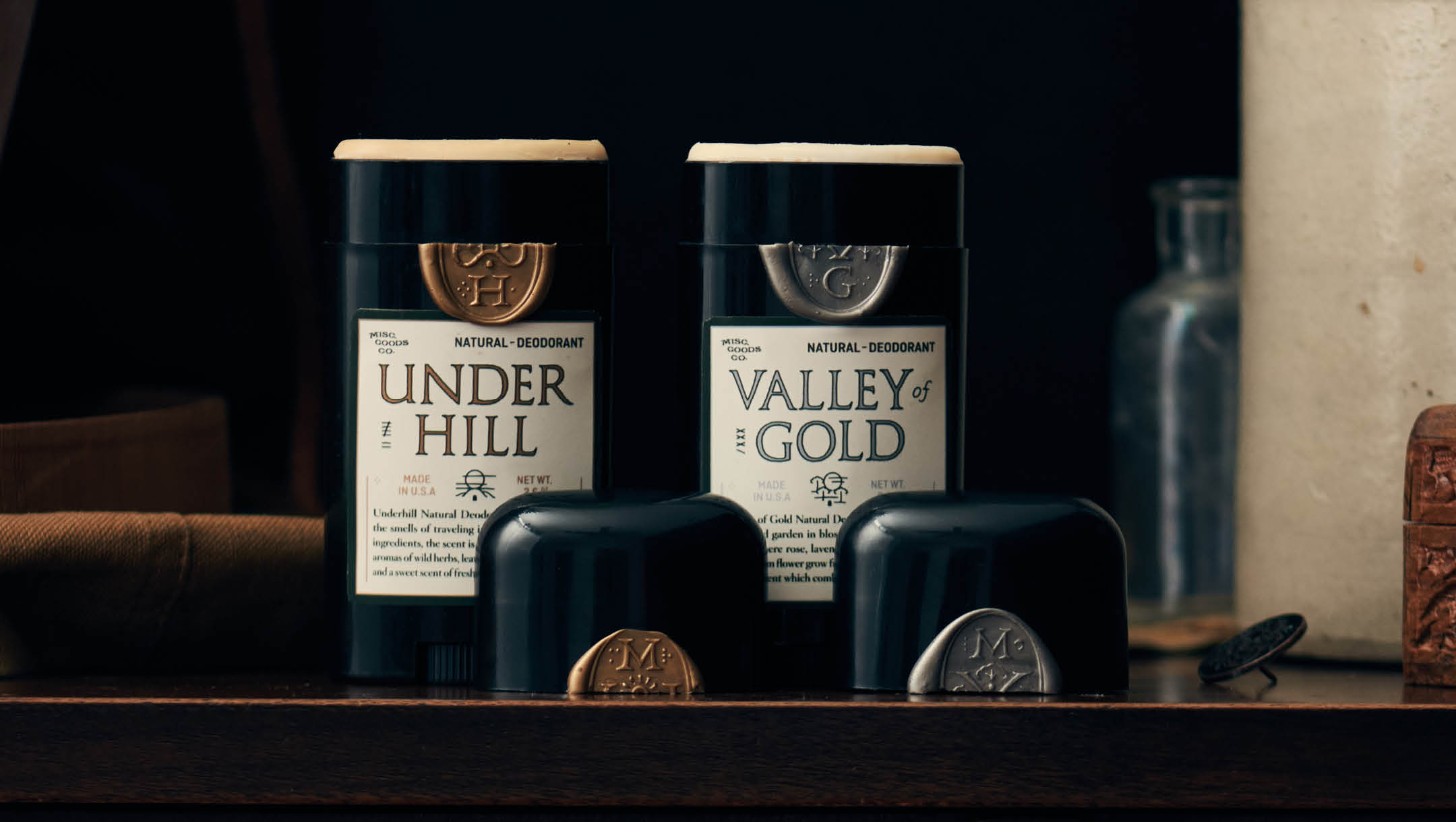
The product was a success and today it's our best seller. In retrospect I believe it was pride that kept me from wanting to make this product. but now I see it's perfect because it's solves a problem in such a practical way. Deodorant is basic and the way it smells is important ... but for some reason deodorant companies have never made it as important as cologne companies. We changed that and our customers love them. That feels good.
From there, it was clear that we needed to continue to bring our fragrances to our customers in new ways. So since the release of the natural deodorants we've made candles, soaps, incense and hand sanitizers and with each new product release we become more encouraged with how they're recieved.
All of 2019
In order to explain the following year, I must take another moments break from my story as Misc. Goods owner and insead tell a story of my home. It's important to first recognize that my personal life — the one that I share with my wife Noel and our 5 little kids is deeply intertwined with the company I run. It's hard to articulate how they overlap exactly, because in many ways Misc. Goods is an extension of me. For that reason, it's impossible to trace when it begins and ends. I may be developing a product in my mind as I take a shower, or checking in on sales after dinner ... I might be processing the fear I have in my gut or drinking to the days success. Work doesn't control me. I'm not a prisoner to it. I enjoy it and am so often and unknownling connected to my projects that I didn't realize how much energy the company takes, until ... well ... I was out of energy.
In mid 2018 Noel and I purchased old Victorian home that I began renovating towards the end of that year. The house had been abandoned for 25+ years and it's condition was hilariously awful.

Every room in the entire house looked like this.
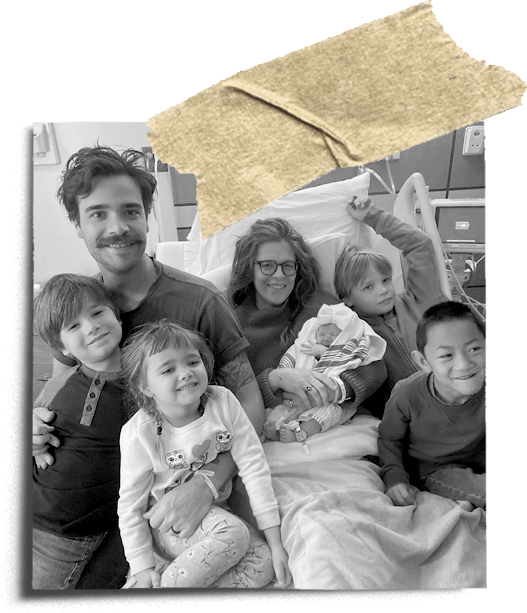
Noel and I had another sweet knuckle-head born to us. Her name is Pearl.
Much like I do with my ideas for Misc. Goods, I naively thrusted myself into something I was woefully unprepared to hand. Shortly after releasing the deodorants I started my efforts at being the general contractor and designer of our new home, this rectangular box of rubble. I became responsible for more tasks, details and people then I had ever known to be. I drew the floor plan for each floor, assigning the placement of each piece of drywall, electrical outlet, doorway, light fixture, cabinet, etc. I sourced materials, and made budgets. I was at the job site constantly, meeting sub-contractors and ... unfortunately correcting their work. I was in over my head and I wouldn't have said it at the time (because i'm prideful) ... I was drowning. I went into survival mode and my whole life now became getting the house finished — because the only way were going to get through it — was to get through it.
I had burned myself from both ends and I was depleted. Our marriage was still strong and the kids didn't miss a beat (I wonder how much our parents went through that we never knew about?), but I was in no position to 'hustle' for Misc Goods. I had neglected the business for 14 months and now I was operating at 60% of my capacity. Thankfully, Tim (our operations manager) kept the ship afloat and graciously waited for my return (although, even know my energy still isn't 100 percent). I was humbled majorly, and that's always a good silver lining. I also learned a ton. We also are living in the house and I'm proud of that. We ended 2019 with an series of awesome projects with Dropbox and a few custom clients and I think, in my mind — It will be a year that I look back at and wonder how I didn't fall apart.
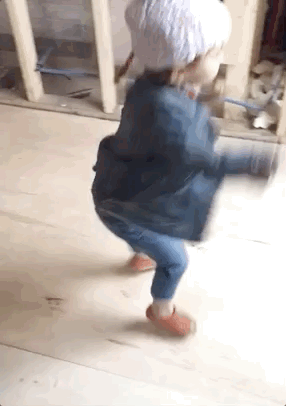
Ivory wasn't sure what to expect when we were building her room ... but she was excited.
I had to find a way to take care of my company, my employees and my family by selling our products to this hurting world.
Mar, 2020
Now that we're all caught up ... I'll be brief about 2020 because it's been a difficult year for everyone. All in all, we are very fortunate (as a business) to have survived the pandemic. When quarantine first began, our revenue dropped off 80%. Every one of our wholesale accounts cancelled their orders.
I didn't panic but was in a very difficult position because the only way we were going to survive was to find a way to sell things ... but the whole world was hurting and I had to find a way to take care of my company, my employees and my family by selling our products to this hurting world. The only way I could think to do this with good conscious was to put all of our most essential products on a sliding scale. This program allowed my customers to choose what they were able to pay depending on how they were doing financially. It worked. We got a boost in sales and people were able to control their spending during the pandemic. After the "Pay What You Can" campaign we launched our hand sanitizer gel and between these two programs we kept the lights on during the most intense part of the economical down-turn.
No one is out of the woods yet, but we're thankful for where we are today and we're optimsitic about the future. Until then.
Sincerely
Tyler Deeb
Owner, Designer, etc.





